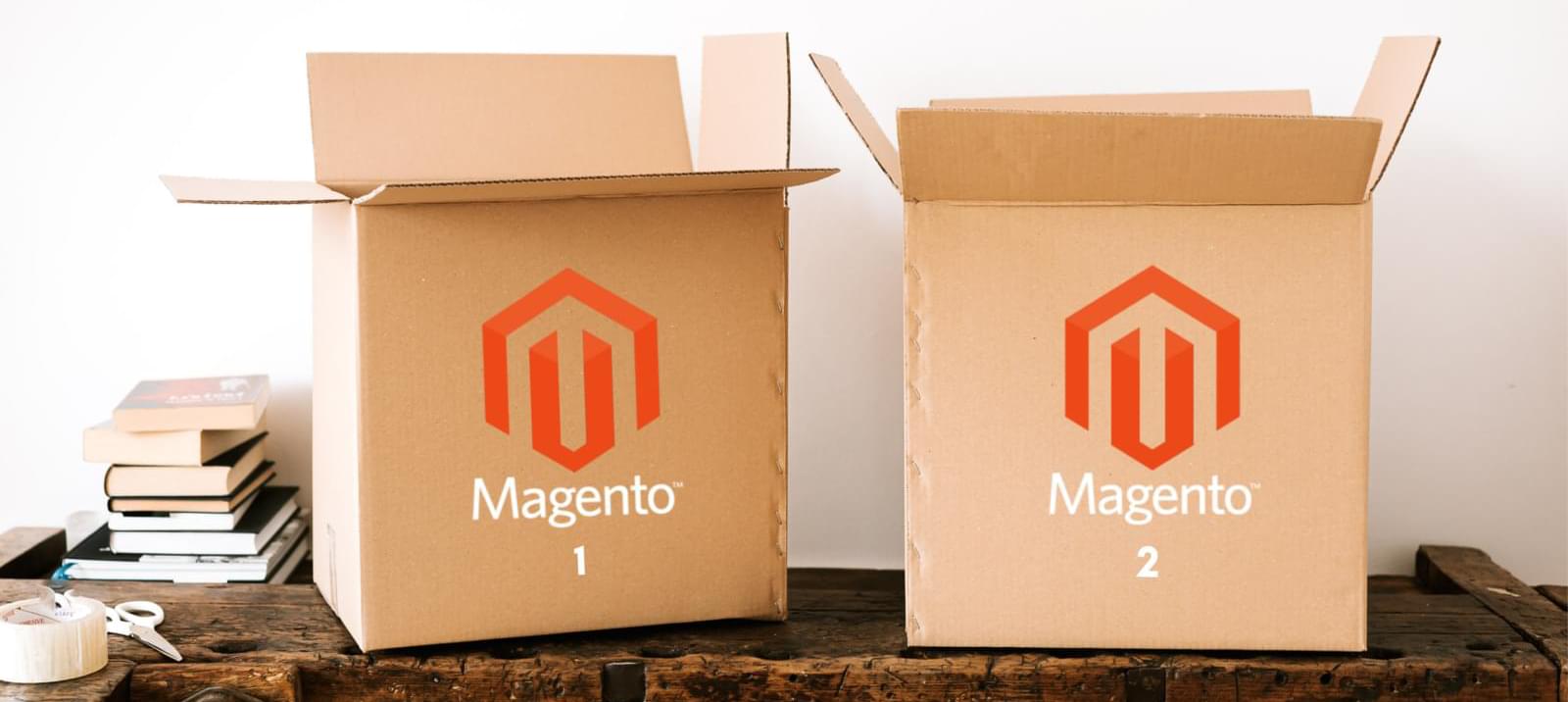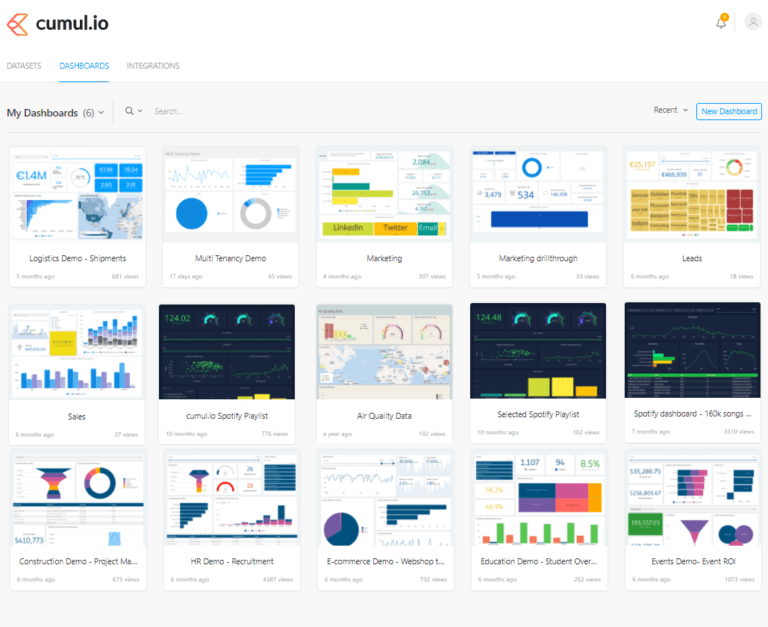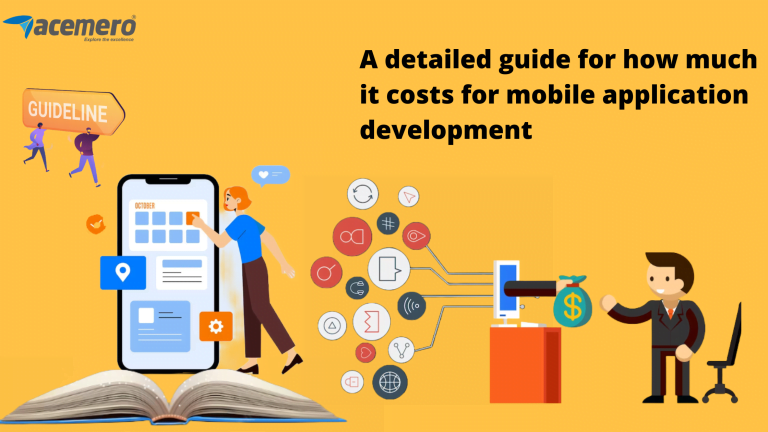
This article will explain the ins and outs of Magento 2 migration, and why it’s a good idea to consider Magento 1 to Magento 2 migration now. We’ll try to help you understand if the move makes sense for your specific business. We’ll also describe the standard migration process by breaking it down into the tasks involved and the likely amount of time the migration process will take.
The Magento team terminated official support of the platform’s first version in June 2020. Yet the number of stores that are still up and running on Magento 1 is quite high. So should these business owners be thinking about Magento 2 migration?

The Benefits of Magento
Table of Contents
Magento is a platform used for building highly customized and large ecommerce stores.
Although it has a rather complex architecture (which explains its tricky development and maintenance), the platform offers practically no limits when it comes to building something custom and unique. As a result, it offers a lot more than other ecommerce platforms such as Shopify.
Magento is an extremely versatile platform, where you can implement any functionality you like. Yes, it requires a team of experienced developers. But whether it’s boosting site speed, enhancing the search, reworking the design, or building a Magento 2 PWA, site improvements using progressive technology can certainly make a change for the better — even if we’re talking about “heavy” stores with non-standard design and non-typical storefronts.
Issues Surrounding Magento 2 Migration
The major point of contention surrounding Magento 1 to Magento 2 migration is that Magento 1 and Magento 2 have very little in common. And if a store is up on Magento 1 (usually a big one that’s been operating online for years), it will take a lot of effort and time to migrate it to Magento 2.
Whether you like it or not, most of the code will need to be rewritten. And you’ll have to deal with Magento extensions, plugins, compatibility issues, data migration, and so forth — all which is very challenging.

Intimidated by the complex, lengthy process and the possible costs involved, it’s no wonder numerous store owners have decided to postpone their Magento 1 to Magento 2 migration. Many have even started to look for other, less complex platforms to move to instead. Others are choosing to leave things as they are.
But sticking with Magento 1 isn’t recommended. Investing in Magento 2 migration makes sense for one reason in particular, which was mentioned above: the official Magento team has decided to terminate support for Magento 1. This means that, from June 2020, there will be no more security patches, no more updates — nothing. As a result, Magento 1.x is becoming more and more out of date by the month.
The Advantages of Magento 2 Migration
There’s no reason an online store can’t function perfectly well on Magento 1. But there are increasing disadvantages and risks in relying on outdated software. Security is becoming more and more of an issue, so it’s important to keep a site up to date for that reason alone — especially when you’re handling credit cards. And outdated software is less and less compatible with the modern code environments in which online stores live.
By migrating from Magento 1 to Magento 2, site owners can mitigate large data leaks and credit card fines with a timely upgrade from an outdated platform.
Moreover, the migration can mean that it’s time for:
- a redesign according to recent design trends and a new store look (since moving the old theme will take almost as long as creating a fresher one from scratch)
- getting rid of loads of unnecessary data and unused logs
- enhancing the store with new advanced features and Magento extensions
- rebuilding the storefront to a progressive web application to reach utmost site optimization and a better user experience
As you can see, Magento 2 migration can be an opportunity to change things for the better — especially keeping in mind how sweepingly m-commerce is picking up steam.
Should I Upgrade to Magento 2 Now?
If you’re a Magento 1 store owner who’s in two minds whether it’s worth it or not, you have to understand how Magento 2 migration will affect your business and how much it will cost. So take some time to give answers to the following six questions.
1. Do you lack any features that Magento 1 doesn’t have?
Magento 1 is a long-established platform with plenty of extensions, themes, and ready-to-use solutions that you can implement right away. Unfortunately, core Magento is no longer receiving new features.
In addition to that, Magento 1 extension developers won’t be updating their products to add new features. Your only alternative is developing the required functionality yourself.
2. Will you migrate to Magento 2 eventually?
Most businesses will move to Magento 2 eventually. They just want to delay this move for one reason or another. But you have to understand that staying with Magento 1 will cost you a lot of money in terms of support and development. And the longer you wait, the more you might eventually end up spending.
3. Does your store’s design look up to date?
If your design patterns are outdated and don’t meet online retail requirements anymore, it’s reasonable to update your website design along with Magento 2 migration, eliminating a vast amount of work. Maybe currently your website has many UXUI mistakes you want to fix? It’s counter-productive to spend money on a Magento 1 store if you’re going to spend more money on a Magento 2 migration sooner or later.
And if your store’s mobile version is far from perfect (such as being slow, not user-friendly, hard to navigate, and so on), you’re already losing sales.
With Magento 2, it’s possible to build progressive web applications that optimize your store’s mobile and desktop versions. PWAs work fast and can have UX and UI that look a lot like a native application. For example, check out the series of screenshots below, illustrating mobile-friendly layouts.

Screenshots taken on the official Pet City website
Continue reading Is Magento 2 Migration Worth It? The Process Explained on SitePoint.





